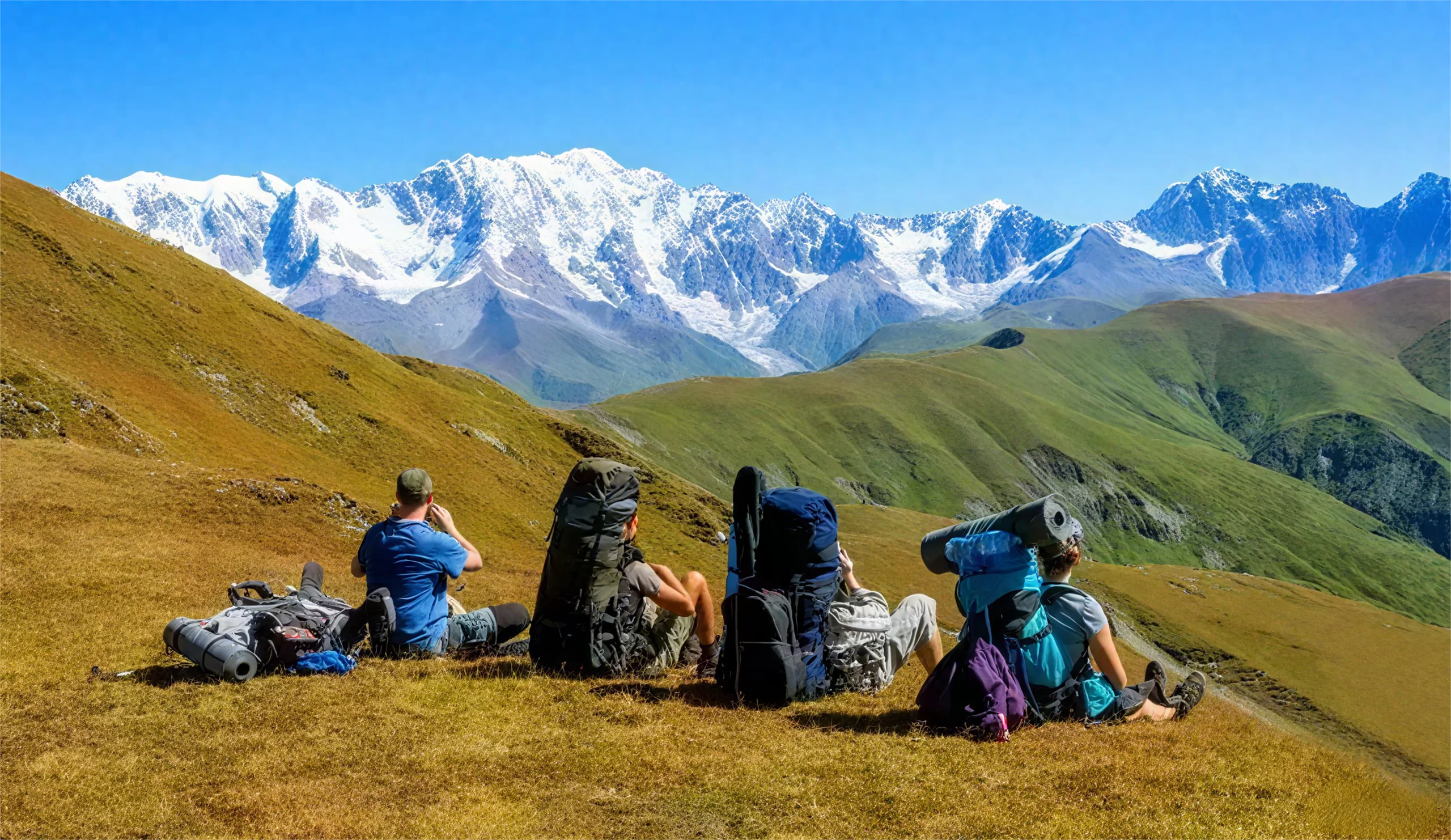2025-09-26
Have you ever experienced this? After a long day of hiking, you arrive exhausted at camp. You eagerly unload your backpack, only to find your shoulders already deeply scarred by the heavy gear. Your yearning for the mountains is instantly tempered by physical fatigue. We always crave extra baggage to be comprehensive, but unknowingly, our backpacks become burdens, stealing the lightness and joy of the journey.
In the outdoors, "lightweight" is no longer a niche concept; it's a revolution in experience. However, many misunderstand it, believing that lightweighting means sacrificing warmth and making do with a makeshift night. On the contrary, true lightweighting involves using more precise knowledge and more efficient equipment to minimize weight while ensuring safety and comfort. It's not about what you do, but what you think about. Today, we'll discuss the core of lightweighting—the "subtraction philosophy" of your sleep system.
First, break the mindset of "one sleeping bag for the world." Staying warm at night depends on a system (a sleep system), which primarily includes:
Sleeping bag: Core insulation
Moisture-proof pad: Key insulation, shielding against ground air
Sleeping bag lining: Warming, hygienic, and protective
Shelter (tent/tarpaulin/Poncho): Protects against wind, cold, and moisture
Only by viewing these as a whole can we apply scientific "addition and subtraction" strategies.

Material selection: Down's lightweight supremacy
For the same warmth, high-fill down is undoubtedly the lightest and smallest compressed option. Fill power is the golden standard for measuring down's insulating properties. The higher the number, the more air it can trap for the same weight, and the better its warmth. An 800- or even 1000-fill down sleeping bag can easily be compressed to the size of a coconut, yet may weigh only half as much as a synthetic cotton sleeping bag of the same temperature rating. This weight and space savings is revolutionary for long-distance hiking.
The Secret of Construction: The Protection of the Baffle
Are you worried about a thin sleeping bag having cold spots? This is where craftsmanship comes into play. The baffle structure is a mesh-like barrier between the inner and outer layers of the sleeping bag. It effectively prevents down from shifting and unevenly distributing itself, preventing heat loss at the seams. A well-designed baffle system ensures even distribution of down, creating a stable, insulating air layer, allowing you to save weight without sacrificing warmth.
Rational Choice of Temperature Rating: Combating "Anxious Overpreparing"
We often choose sleeping bags with excessively low temperature ratings out of fear of "what ifs?" For example, in -10°C conditions, you might be carrying a -25°C sleeping bag. This "extra" 15°C of warmth comes from hundreds of grams of extra fill, weighing down your shoulders the entire time, yet you may never even use it. Choosing a sleeping bag based on your most common, rather than the most extreme, temperatures is a key step in lightweighting. For foreseeable low temperatures, we address them through "addition."
The Art of Accessorizing: A Triumph of Flexibility
This "addition" is the sleeping bag liner. A lightweight silk or fleece liner not only keeps the interior of the sleeping bag clean but also effectively raises the comfort level by approximately 5°C. To cope with sudden low temperatures, you can simply add this accessory, weighing just over 100 grams, rather than carrying a bulky sleeping bag designed for heavy travel. This modular approach of "core layer + expandable layer" is the essence of a lightweight system.

At Disanji, we understand that every gram saved means you can travel further and see more. Our "Cloud Wing" lightweight down sleeping bag is the crystallization of this philosophy.
We use ethically sourced, water-repellent 800+ FP goose down, ensuring exceptional lightness and warmth while minimizing performance degradation in humid conditions.
The trapezoidal lining construction and precisely calculated fill volume in each compartment eliminate cold bridging and maximize thermal efficiency.
Using ultralight, tear-resistant fabric weighing only 20 grams per square meter, we achieve the perfect balance between strength and weight.
Weighing under 1000 grams, and compressing to the size of a water bottle, we aim to be your most reliable nighttime companion when traveling light.
Lightweighting is ultimately a spiritual journey. It forces us to re-evaluate what is "essential" and what is "superfluous." It teaches us to connect with nature not through brute force and accumulation, but through wisdom and precision. When we shed excess weight, the resulting lightness transforms into a sense of spiritual freedom, allowing us to focus more deeply on the breeze brushing against the mountain ridge, the rustling of insects outside our tent, and the radiant Milky Way.
Making some “subtractions” in your sleep system may be a brand new beginning for your next journey.